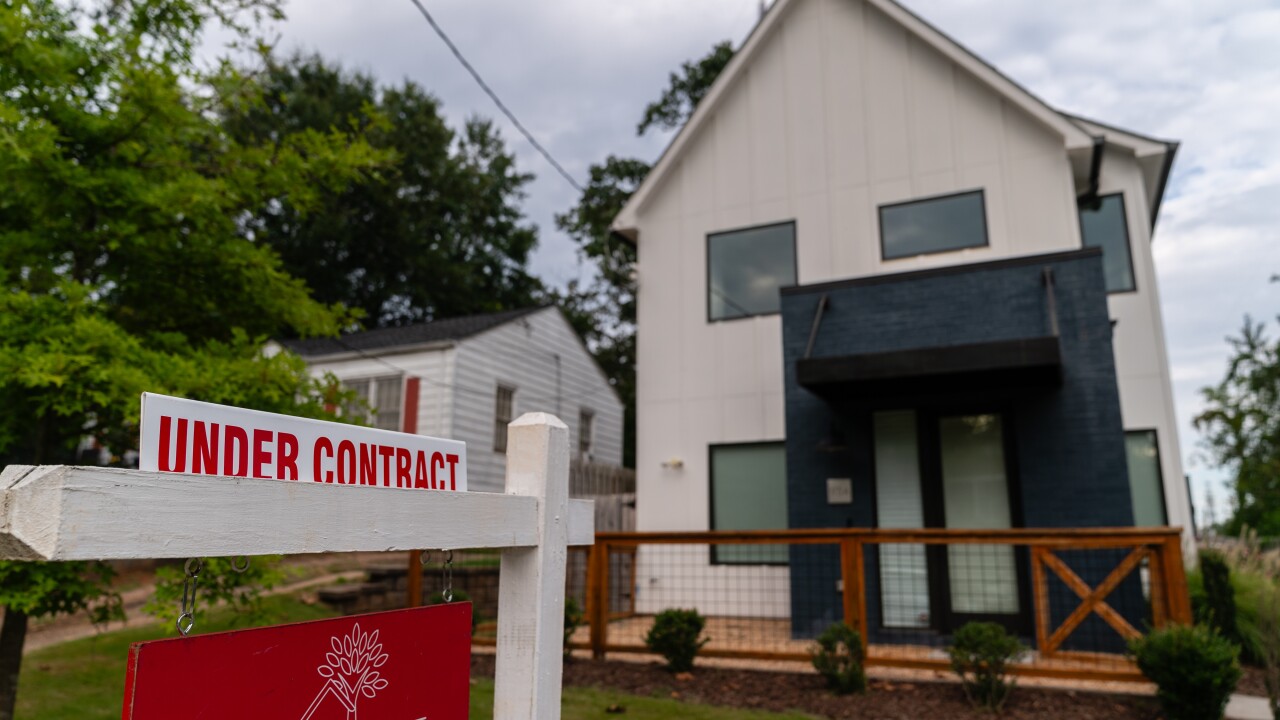The government-sponsored enterprise's third-quarter Home Price Index increased 5.3% on an annual basis,
Quarterly data showed a slightly different story, with the HPI slowing to a seasonally adjusted 2% compared to 2.1% in the second quarter, likely a sign of the effect of sustained upward rate movements this summer, according to
"Slightly slowing house price growth may reflect in part the affordability impact of the higher mortgage rate environment — even though prices were still solidly higher this past quarter than a year earlier," he said in a press release.
Still, the annual pace came in well above inflation, which the
But the lock-in effect, in which homeowners are reluctant to give up lower mortgage rates they hold in order to relocate, helped create an inventory shortage, limiting the extent prices would fall. When also factoring in inflation and
The current quarterly deceleration, though, could signal a brief seasonal retreat on the price front, Duncan said. That opinion was shared
"We're now in the fourth quarter, when house price appreciation typically slows, and with interest rates both higher and more volatile, it would be reasonable to expect some additional slowing in price appreciation, but the ongoing supply problems continue to drive the larger affordability challenge," Duncan noted.
On a similar note, Redfin said it had observed an uptick in the frequency of seller price cuts in September, a period when they have historically diminished.
Ongoing market headwinds have led to
Mortgage rates hovered near 3% at the end of 2021 before more than
While business leaders are hoping to avert any further acceleration of rates, it may take some time before they would fall to a level that would significantly add to for-sale inventory. In a survey conducted in June, Zillow researchers determined homeowners with rates below 5% were
Fannie Mae said it expects





